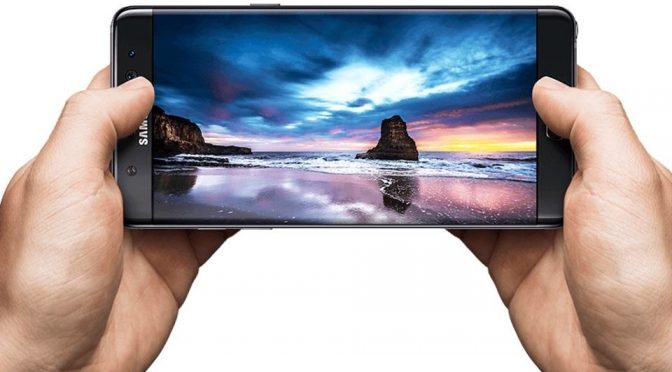From the vaults of the sadly defunct Engadget Public Access, here is my article following the Samsung Galaxy Note 7 debacle.
Where does Samsung go from here?
The Galaxy Note 7 battery saga has been nothing short of a debacle to say the very least. After a big budget fanfare preceded by a flood of excitement, leaked visuals and renders, the Note 7 was released on August 19 2016. In the UK this was a big thing, we had missed the Note 5 (the previous model), Samsung instead choosing to champion the Galaxy 6 edge plus instead, so there were many many UK fans hankering for this superstar device.
It looked to all that Samsung had finally surpassed it’s rivals in this market with a multi function device that ticked every box we could think of and every box we couldn’t. It truly was a breathtaking device, Samsung it seemed could do no wrong.
Step forward barely two months, the Note 7 is now no more, it’s seemingly bomb-proof reputation completely destroyed. The phone has been cancelled, the factories tooled up to produce millions of devices have fallen silent and those of us that did get devices have been told to switch them off and return them immediately. Samsung offering replacement with another devices entirely.
The Galaxy Note brand lays in pieces, destroyed by what either looks like a manufacturing error or simply trying to pack too much punch into a device. A smartphone that looks to be a victim of Moore’s Law where components follow transistors by shrinking ever smaller and get closer and closer to the universal physical constraints of miniaturisation.
The problem, it would seem points at that wolf in sheep’s clothing that is Lithium Ion, the scourge of tech companies since it’s commercial use began in the 1970’s. Prone to perceived acts of spontaneous combustion, the Li-Ion cell has been a problem in the past for the likes of Kyocera Wireless (recalled 1 million batteries in 2004), Dell (4.1 million laptops in 2006), Sony (recall of 10 million batteries in 2006 affecting Dell, Sony, Apple, Lenovo, Panasonic, Toshiba, Hitachi, Fujitsu and Sharp laptops caused by contamination of metal particles during manufacture making the battery susceptible to fire), Lenovo again in 2007 when it was forced to recall 205,000 batteries at risk from explosion, Nokia recalled a staggering 46 million batteries at risk of explosion in 2007 also.
So, it would seem the Li-Ion problem hasn’t gone away (remember the hover-board issues last year) and it is now front and centre of the Galaxy Note 7 disaster.
What then has made this such a complete mess for Samsung and it’s reputation? It would seem that Samsung might have mishandled the situation, maybe rushed into providing a quick fix to avert a financial disaster for them but inadvertently causing a much bigger marketing and more importantly for their ongoing sales, a ‘trust’ issue. In retrospect, Samsung should have handled the original recall through the relevant local authorities which would have given greater kudos with consumers and that they were taking the reported incidents seriously.
Samsung are a massive company with decent cash reserves, enough to weather the multi billion dollar storm. They have a sturdy enough ship with capable enough crew and their customers will forgive them in time, as they say in the UK “Yesterday news in todays Chip paper”, but until the battery technology and power management requirements of these devices becomes less extreme we will be seeing many more product recalls across the board in the coming years.
Discover more from Matt Porter, The Gadget Man - AI, Technology News and Reviews
Subscribe to get the latest posts sent to your email.

